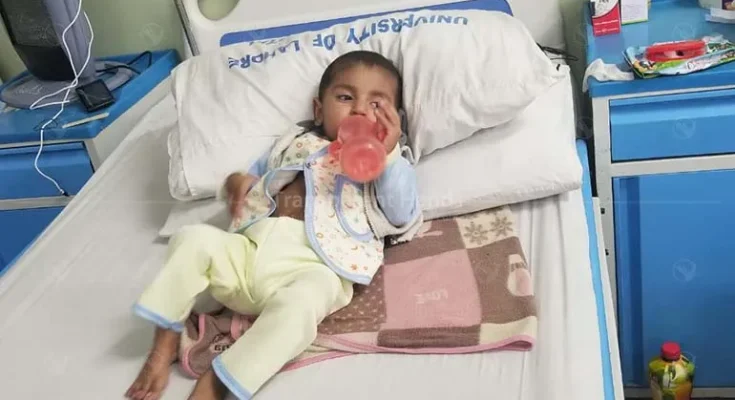Have you ever thought how fascinating that the human body can be? Think of this, how did our ancestors manage to build a civilization that becomes the backbone of our modern life? Thanks to them, we are able to have a comfortable life and can do many more things that seem impossible in the past. Parts of the human body have their own structure, function and placement which enable humans to have a normal life. Although, in the world of medicine, conditions such as dextrocardia can be a great concern. Is dextrocardia serious?
Before answering that, you have to know what dextrocardia is first. The definition of dextrocardia is that the heart is pointed to the right side of the chest. The heart’s pointed to the left in a normal person. This means that dextrocardia causes the heart to be located on the right side of the chest thoracic cavity, which is opposite of the heart position in a normal person. Dextrocardia is a rare genetic condition that develops in childhood. Other birth defects are usually associated with it. It may occur on its own or in combination with organs positioned in reverse. Usually, dextrocardia is detected by accident when a patient has been examined or treated for another health problem.
It is not clear what causes dextrocardia, but one thing is certain: it happens during the development of the foetus. This is to say that it happens during pregnancy. The position of the organs might be due to embryo development. Dextrocardia may be caused by inherited disorders, such as Kartagener Syndrome or heterotaxy. Kaartagener syndrome, also known as primary ciliary dyskinesias, is a rare genetic disorder characterised by chronic sinusitis (inflammation to the lining making space of the nose and head), bronchiectasis (irreversible enlargement of the always of the lung) and situs inversus (reversed internal organs). Heterotaxy is a rare condition characterised by abnormally formed, wrongly positioned or missing organs in the chest and abdomen.
Dextrocardia is a very rare condition, with around 1 in 12 000 cases. Both boys and girls have equal chances of being born with dextrocardia. Dextrocardia has a number of major types. It is rare for isolated dextrocardia to occur. Isolated dextrocardia refers to the heart being the only organ on the opposite side of the body. Dextrocardia inversus does not only involve the heart to be placed on the left, but also some other organs that are situated at opposite sides of the body such as livers and spleens. In dextrocardia situs versus totalis, all the major organs of the abdomen and chest are located on the opposite side of the body compared to normal locations. Dextrocardia often presents with other heart defects. This may include:
Double outlet right ventricle (aorta connects to the right ventricle)
Endocardial cushion defect (poorly formed wall separating the 4 heart chambers)
Ventricular septal defect (presence of abnormal hole in the wall separating right and left ventricles)
Single ventricle (normal heart have two ventricles)
Pulmonary stenosis (narrowing of the pulmonary valve)
Transposition of the great vessels (the big blood vessels of aorta and pulmonary artery are in switched position)
The type of dextrocardia and its severity are dependent on treatment. Usually, dextrocardia does not require surgery if there are no symptoms. Surgical reconstructions or heart transplantations are typically in cases of dextrocardia with heart defects. In patients with Kaartagener Syndrome, complementary therapy such as prescription cough medicines and antibiotics is commonly used for the management of symptoms and infections. You may be given medication to help improve your heart function.
You may wonder what will happen if you have dextrocardia. Ironically, since dextrocardia is most commonly found accidentally, it could be expected there are other associated birth defects (congenital anomalies) especially in isolated dextrocardia. Thus, this may lead to serious health issues such as recurrent infections and breathing problems. This is due to the abnormal organ arrangement that works incorrectly. Beside that, you may face infertility issues as a young adult.
You may also be worried if you have found yourself with dextrocardia. One of the biggest concerns is the ability to have a normal life. With isolated dextrocardia, you can live normally as any other normal person without having complications. However, dextrocardia with other conditions may have had a serious effect on the heart and many other vital organs. The good news is, these conditions are typically not life-threatening conditions. Even so, the complications could still be serious. This is why it is important for you and those with dextrocardia to get the right treatment from doctors.
Also read – Dengue Prevention
In essence, dextrocardia may or may not be serious. People with isolated dextrocardia in general can have a normal life. Dextrocardia is a rare condition and most often identified accidentally. In some cases, dextrocardia is identified when infants or babies show symptoms such as heart defects or other vital organs misalignment.




